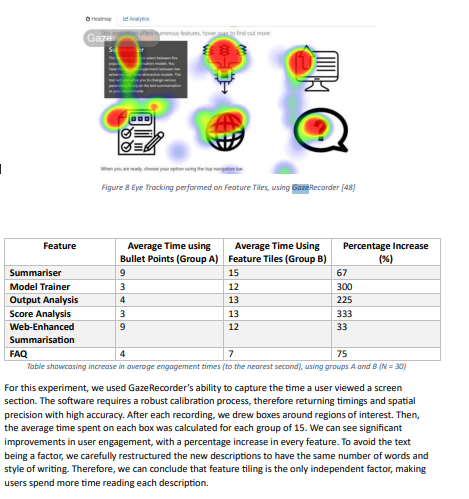The proliferation of digital information has led to an overwhelming surge in the information users can process and consume. Automatic Text Summarisation (ATS) serves as a solution that helps users efficiently navigate through this vast amount of information. However, recognising that most endusers of ATS are non-technical, little has been done to democratise this technology and leverage these users to improve the process. This project sets itself apart by providing a user-friendly platform that broadens accessibility and encourages collaborative improvement among technical and nontechnical users to advance the field. Our platform offers a range of functionalities, including comprehensive text summarisation, evaluation and testing using state-of-the-art models and metrics. Notably, users can train models with their data, conduct visual analyses of summary construction, and contribute to advancing the field by providing data. Additionally, we offer a unique, user-inspired feature that allows for creating web-enhanced summaries that integrate web data. To ensure that our users’ needs are considered and at the forefront of our development, we follow an Agile software development workflow using research-backed Human-Computer Interaction (HCI) methodologies. This approach has allowed us to optimally use our resources and gain comprehensive user feedback, which has been instrumental and pivotal in shaping our application. For each of our iterations, user testing was a significant component that guided our implementation choices and helped us develop an intuitive and user-centric application. Through thorough analysis and evaluation, we believe we can contribute significantly to ATS and educational technology with future work
For this experiment, we used GazeRecorder’s ability to capture the time a user viewed a screen section. The software requires a robust calibration process, therefore returning timings and spatial precision with high accuracy. After each recording, we drew boxes around regions of interest. Then, the average time spent on each box was calculated for each group of 15. We can see significant improvements in user engagement, with a percentage increase in every feature. To avoid the text being a factor, we carefully restructured the new descriptions to have the same number of words and style of writing. Therefore, we can conclude that feature tiling is the only independent factor, making users spend more time reading each description.
https://rahulgheewala.com/assets/Documents/Rahul%20Gheewala%20-%20FYP.pdf
